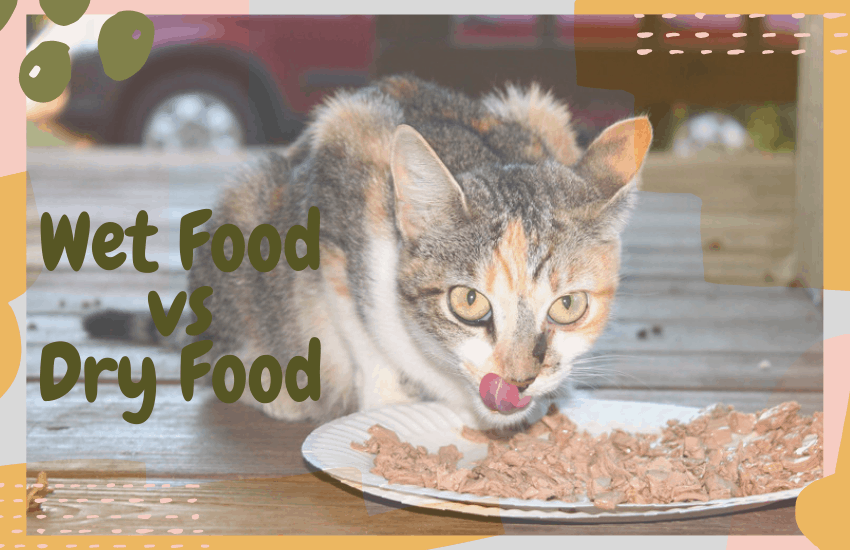
As a cat parent, you might be familiar with the wet food versus dry food debate. Everyone has their own thoughts on which one is superior, and the conflicting opinions can make it hard to determine what is right for your cat. The best way to figure it out which one is right for your cat is to know the pros and cons of each and how they can affect your cat’s diet.
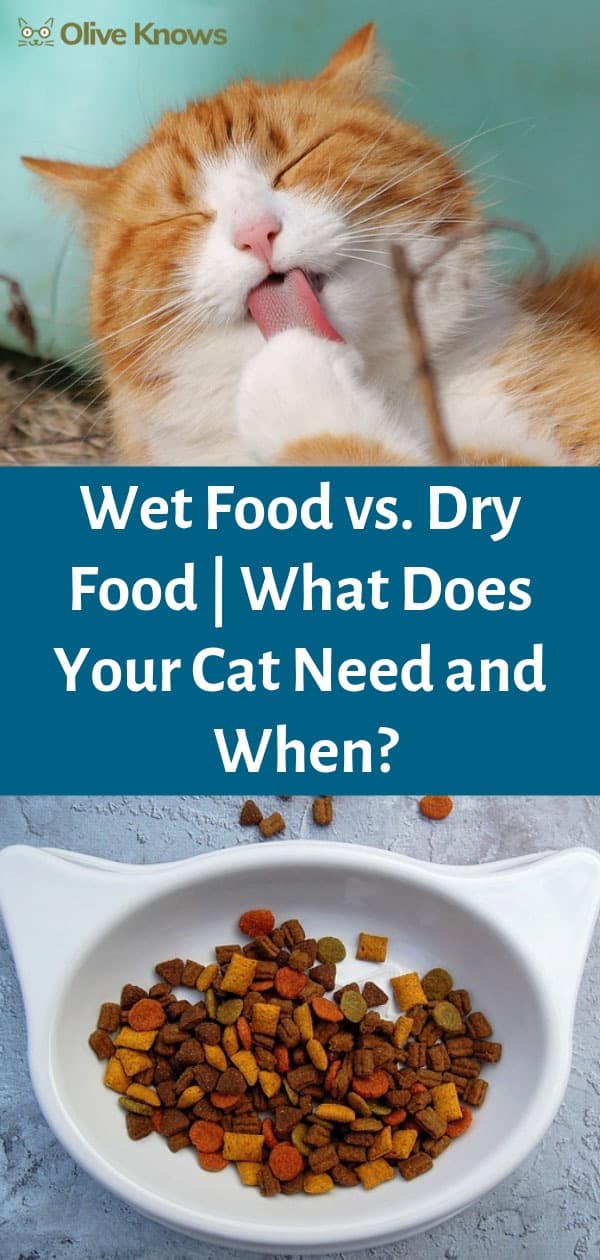
First and foremost, cat parents should recognize that cats are carnivores, meaning it is essential they get protein from a meat source. It is especially important for your cat to have a diet high in essential amino acids like taurine, which can be found in the muscle meat of most proteins.
It is also notable that cats exist on a very low carbohydrate diet. According to Catster.com, “in the wild, carbohydrates are only about five percent of a cat’s diet – what she gets from ingesting the stomach contents of her prey.”
So which should you feed your cat?
Table of Contents
Wet Food: The Good & the Bad
Wet cat food is great because the primary ingredient of most wet foods, such as Blue Wilderness, is meat sources such as chicken, fish, and beef. This makes it an excellent source of taurine, which as noted earlier is an essential amino acid for a healthy feline diet.
Wet food also contains a higher water percentage than dry food, at a 78% average water content. As such, a diet that contains wet cat food has the benefit of keeping your cat hydratedwith additional moisture content which reduces health risks associated with dehydration such as constipation, urinary crystals (and urinary tract infections and issues in general), and Chronic Renal Failure.
In short, wet cat food should be considered as part of a well-balanced diet for cats.
While there are benefits associated with wet food, it does have its disadvantages. Wet foods tend to be more expensive, which can be deterrent for cat parents on a budget. When you consider the shorter shelf life of most wet foods in conjunction with how many servings to feed her each day or a multi-cat household, the cost of wet food can add up quite quickly.
Cat parents also have to decide if having an open can of cat food in the fridge will be bothersome, since that is the only way to keep it from going bad once the can is open.
Dry Food: The Good & the Bad
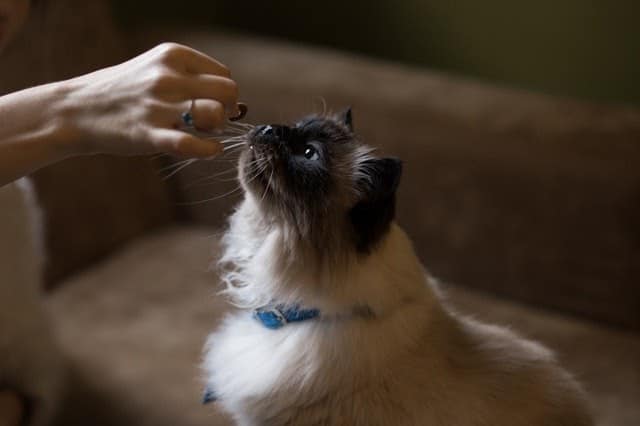
Unlike wet food, dry food has the advantage of staying fresh much longer, while also being more cost effective for most cat parent’s. Dry food like this one from Royal Canin, is also more energy dense, which makes it easier for cats to get the calories needed to maintain a healthy diet. However, this can be a disadvantage as well.
Where wet food has an average water content of 78%, dry food averages only 10%. With such a low water content, the water intake of cats that are on a dry food diet needs to be monitored to make sure they are staying hydrated. It’s suggested that she should be consuming at least one cup of water for every ten pounds of water weight. Despite constantly filling her water dish, some cats can be picky about water and not drink as much as they should. If you encounter this problem, some veterinarians suggest setting up a water fountain to encourage her to drink.
Cat parents also need to pay close attention to how much food she is getting throughout the day because cats on a dry food diet have a higher tendency to be overweight. This is due largely in part to those high calories mentioned earlier as well as most dry foods having a higher carbohydrate content than wet foods. While most dry foods have that higher carbohydrate content, they also tend to be lower in protein, so cats are prone to overeating when given the option to graze on their food throughout the day.
Which Should You Feed Your Cat?
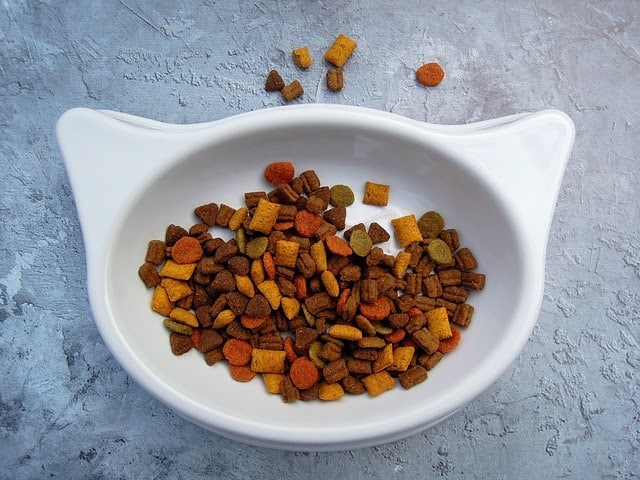
Both dry food and wet food have their merits, but it’s hard to say which one is better for your cat because it depends on several factors. One of the major deciding factors is the preferences of your cat, which will play a large part in what you choose to feed her. If she refuses to eat a certain food, it is unlikely that you would want to keep buying that type, brand, or flavor.
Next, cat parents should consider her overall health. Cats with bad teeth due to old age are better off with food specially designed for them, like Royal Canin Senior, which comes in both a wet and a dry version. But again, this depends on what kind of budget you have. If you can only afford one over the other, it might be better to buy the dry food and soften it with some water. For the most part, foods recommended by your vet for health concerns like digestion issues, allergies, or kidney problems come in both the wet and dry version.
As mentioned before, making sure she is getting enough water is extremely important for her health, so if she doesn’t drink enough water and a water fountain didn’t entice her, it may be necessary to incorporate wet food such as Wellness CORE Signature Selects into her diet. Doing so will be beneficial to both her overall health and your wallet because it will aid in reducing the chance of vet bills due to constipation or kidney problems.
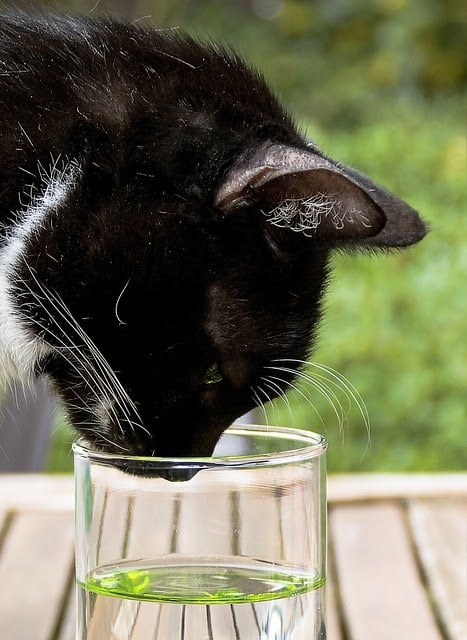
Finally, the budget can have a huge impact on what a cat parent decides to feed their cat. Having a limited budget can be stressful, especially when it comes to deciding on something as serious as what to feed her. That being said, it is important for cat parents to pay attention to the ingredients listed in cat food, and understand higher quality ingredients are going to cost more. Less expensive cat foods typically contain filler ingredients, which makes them far less nutritious when compared to more expensive cat foods.
The quality of ingredients become especially important if your cat has a food allergy. The most common food allergy among cats is an aversion to grains. The good news is there are several brands that offer grain-free varieties of cat food, both in wet and dry formats, but they are often much more expensive than some cat parents are used to since a lot of lower-end brands don’t make a grain free version. Some great options for grain free food are available in both wet and dry versions, though. For a reasonably priced wet food, cat parents love the Crave line and for dry food, many recommend the Natural Balance Limited Ingredient line.
Dick Van Patten’s Natural Balance Platefuls Grain Free Ultra Premium Indoor Formula
It’s understandable if a cat parent isn’t able to spend an astronomical amount of money on cat food each month, but feeding her high-quality ingredients offers many benefits and can help prevent future health issues that would cause high veterinary bills. Be sure to consult your veterinarian before making any major food switches, though!
Read More: How To Find The Best Cat Food
Stick to a Feeding Schedule
While there may not be a clear winner in the wet food vs. dry food debate, a feeding schedule can be beneficial to her diet. Cat parents who decide to leave dry food out all day for her to eat whenever she pleases need to be aware that this can cause her to overeat, leading to obesity and a multitude of health issues such as liver disease and diabetes.
If you choose to go the dry cat food only route, it is a good idea to practice portion control. A good way to do this is to set up a feeding schedule each day. Start with a portion in the morning and another for dinner. This will help avoid chances for overeating.
If your schedule doesn’t necessarily work with strict feeding times, consider purchasing a timed feeder. They work well and offer a little flexibility should something interfere with making it home in time to feed her. It also lets you portion out the right amount of food, so you don’t have to leave out a big bowl of food when you aren’t sure you will make it home in time. Just set it and forget it! What more could you want? Just make sure to test it before leaving for an extended period of time.
If you still aren’t sure which version of food is right for her, try incorporating both into her diet. Feed her dry food in the morning and a can or pouch of wet food at night. Doing so is a wonderful way to make sure she maintains a protein-rich diet, and can keep her from getting dehydrated.
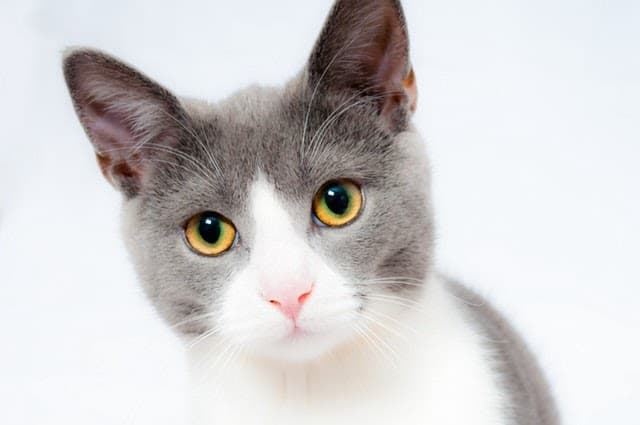
Picking the right food can be a time-consuming process, especially if you have a picky eater on your hands, but it’s not impossible. Pay attention to what she likes, or foods she seems less interested in, and it will give you a good place to start when determining what fits your budget. With a little effort, cat parents will be sure to find the right balance and a diet that works not only for their furry friend but for their wallet too!
Continue reading:
- Natural Balance Limited Ingredient Diets Grain-Free Cat Food Review
- Diamond Naturals vs Taste of the Wild Cat Food: 2 Great Brands, Who Wins?
- Wellness CORE Natural Grain-Free Beef, Venison & Lamb Canned Cat Food Review
- Taste of the Wild vs Blue Buffalo Compared
- Iams vs Blue Buffalo Compared
- Meow Mix vs Friskies Compared
- Fromm vs Orijen Cat Food Compared
- Top Cat Food Recalls to Watch Out for


